Why Solar Panels Generate High Voltage But Low Current | General Discussion
Solar power has become a leading solution in the quest for sustainable energy. But have you ever wondered why solar panels generate high voltage and low current?
It’s because they are designed to maximize the voltage output across many photovoltaic cells in series, optimizing power transmission efficiency and minimizing losses over longer distances and through smaller gauge wiring.
High voltage is more favorable because it minimizes transmission losses, making solar energy more efficient from panel to power outlet.
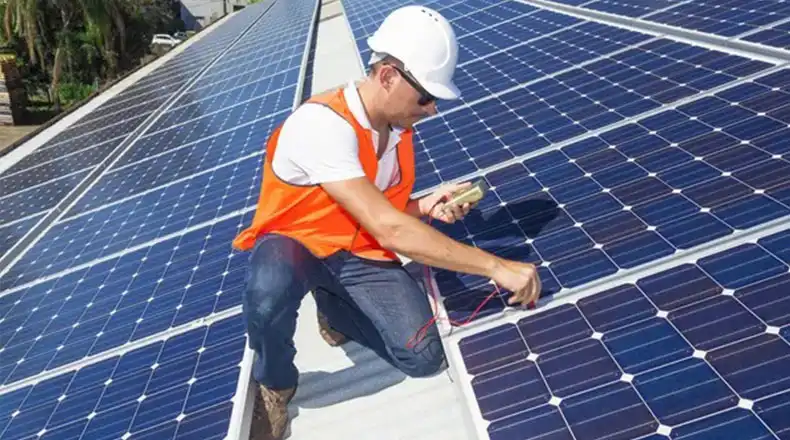
Why Do Solar Panels Tend To Generate Low Currents?
Understanding why solar panels generate a high voltage but a low current requires knowledge of how solar cells work. These tiny powerhouses, at the core of every solar panel, utilize semiconductor technology to directly convert sunlight into electricity.
The Photovoltaic Effect
The magic begins with the photovoltaic effect. When sunlight hits a solar cell, photons (packets of light energy) with sufficient energy excite electrons in the silicon atoms. These electrons jump from their normal state in the valence band to a higher energy state in the conduction band. This leap leaves behind a “hole” – a vacancy with a positive charge – in the valence band.
Solar Cell Structure
The key to harnessing this electron-hole dance lies in the structure of the solar cell. A typical cell is made from a silicon wafer, but not just any silicon. One side is doped with boron to create a p-type (positive) semiconductor, and the other with phosphorus for an n-type (negative) semiconductor. Where these two sides meet, a p-n junction forms.
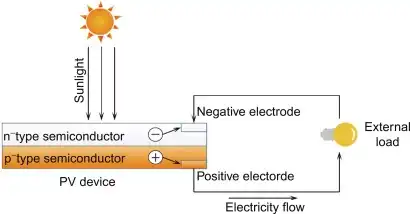
At this junction, electrons from the n-type side diffuse across to the p-type side, and holes from the p-type side move to the n-type side. This creates a region depleted of charge carriers called the depletion region. More importantly, it creates an electric field across the junction.
When light generates electron-hole pairs, this electric field acts like a traffic controller. It pushes electrons toward the n-type region and holes toward the p-type region. This separation of charges is crucial for generating voltage.
Current Generation
With electrons and holes separated, we have the makings of an electric current. Connect a circuit to the solar cell, and these charge carriers will flow, creating a current. The more intense the sunlight, the more electron-hole pairs are generated, and the higher the current.
But here’s the catch: while sunlight intensity directly impacts current, it has a much smaller effect on voltage. This is one reason why solar panels tend to generate relatively low currents.
Why Solar Panels Generate High Voltage?
Now that we understand how solar cells generate electricity, let’s explore the voltage-current trade-off and why high voltage generates and is preferred.
Power Output
In electrical systems, power (P) is the rate at which energy is generated or consumed. It’s calculated by multiplying voltage (V) and current (I): P = V × I. For solar panels, maximizing power output means optimizing both voltage and current.
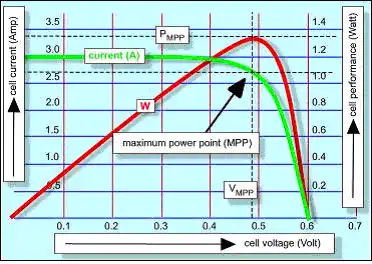
Design Considerations
Here’s where it gets interesting. Solar panel designers can choose to maximize either voltage or current for a given power output. They do this by how they connect the solar cells.
When cells are connected in series (end-to-end, like a daisy chain), their voltages add up, but the current remains the same as a single cell. For example, if one cell produces 12V, connecting 4 cells in series gives you 48V (4 × 12V). Typically, most residential solar panels have output voltages in the 30-40V range.
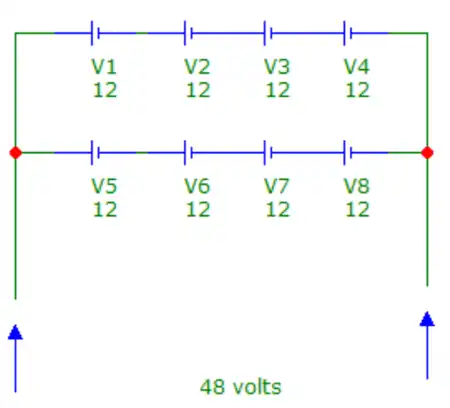
On the flip side, connecting cells in parallel (side-by-side) increases the overall current but keeps the voltage the same as a single cell. It’s like having multiple pipes feeding into one larger pipe – you get more flow (current) but no increase in pressure (voltage).
So why not maximize current instead? There are practical limitations –
Thicker Wires: Higher currents require thicker, more expensive wires to avoid overheating.
Increased Losses: Power loss in cables is proportional to the square of the current (P_loss = I^2 × R, where R is cable resistance). Double the current, and you quadruple the losses!
Higher Costs: Thicker wires and more robust components to handle high currents increase system costs.
Practical Implications
Because of the limitations mentioned above, high voltage with lower current is generally preferred for solar panels. With higher voltage –
Reduced Transmission Losses: High voltage means lower current for the same power, reducing losses in the cables from your roof to the inverter. This is especially important for large solar farms where cables can be hundreds of meters long.
Easier System Design: Most grid-tie inverters are designed to work with higher voltage inputs (often 200-600V DC), matching the high-voltage, low-current output of solar arrays.
For example, a 5kW system could theoretically be designed as 50V and 100A, or as 500V and 10A. Both deliver 5kW, but the high-voltage, low-current design will have much lower cable losses and simpler inverter requirements.
Conclusion
In summary, solar panels generate high voltage and low current due to a combination of their physical design (series-connected p-n junctions) and practical considerations (minimizing transmission losses and matching inverter requirements). This design choice allows for more efficient power transmission and simpler system integration.
However, solar panel output isn’t static. It varies with sunlight intensity and temperature. To maximize power output under these varying conditions, many systems use Maximum Power Point Tracking (MPPT). These smart systems continuously adjust the operating voltage and current to extract the maximum possible power from the panels.
People Also Ask
Can I increase my solar panel’s current output by adding more panels in parallel?
Yes, you can. Adding panels in parallel will increase the overall current of your system while maintaining the same voltage. However, be cautious. Higher currents require thicker, more expensive wires and may increase power losses in your system.
My solar panels seem to produce less power on hot summer days. Is this normal?
Yes, it’s normal and due to a phenomenon known as thermal derating. As solar panels heat up, their voltage output decreases, reducing overall power output. Some high-efficiency panels have better temperature coefficients, meaning they lose less voltage as they heat up.
I’ve heard that solar panels can produce AC or DC power. Which is better?
Solar panels inherently produce DC (direct current) power. For grid-tied systems or to power most household appliances, this DC power must be converted to AC (alternating current) using an inverter. The high-voltage, low-current design of solar panels makes this DC-to-AC conversion more efficient.

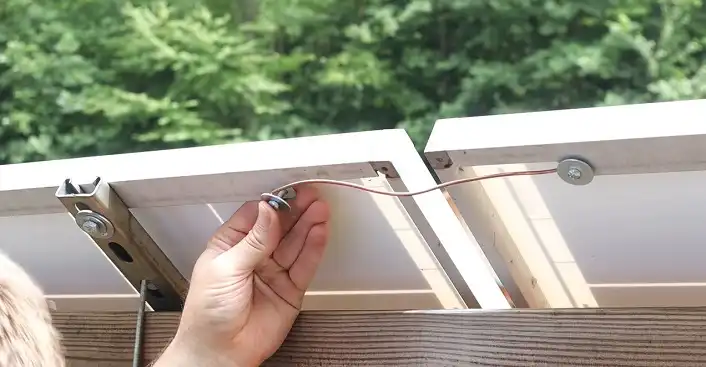
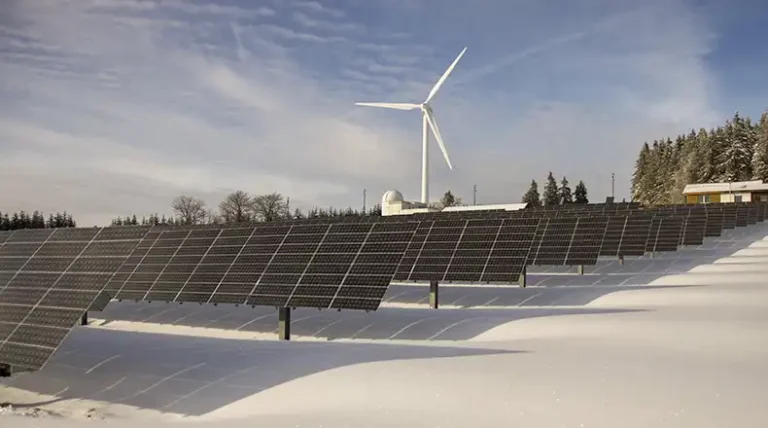
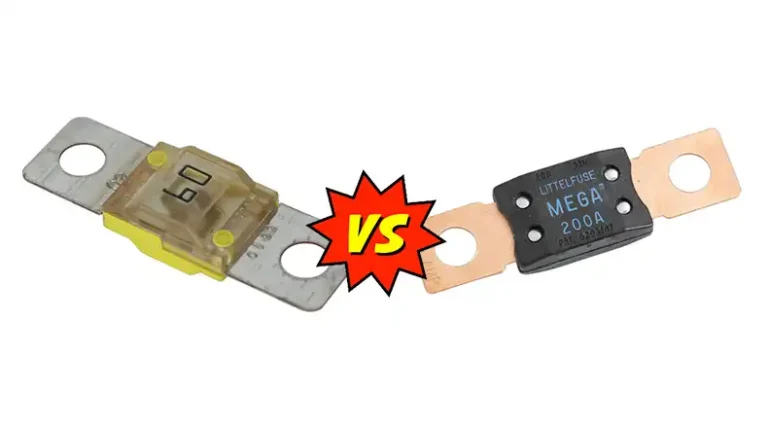
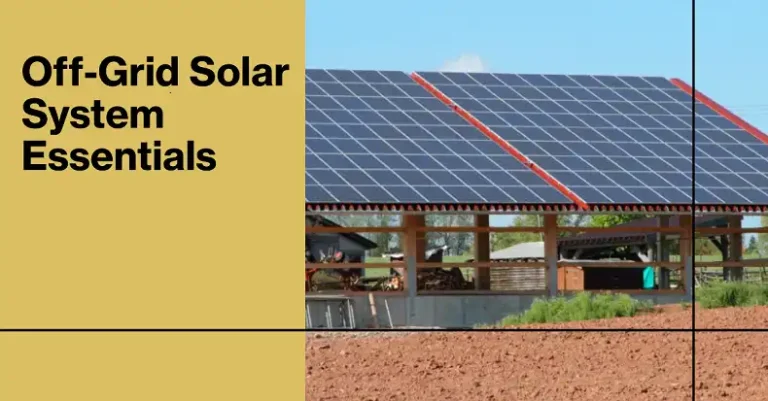
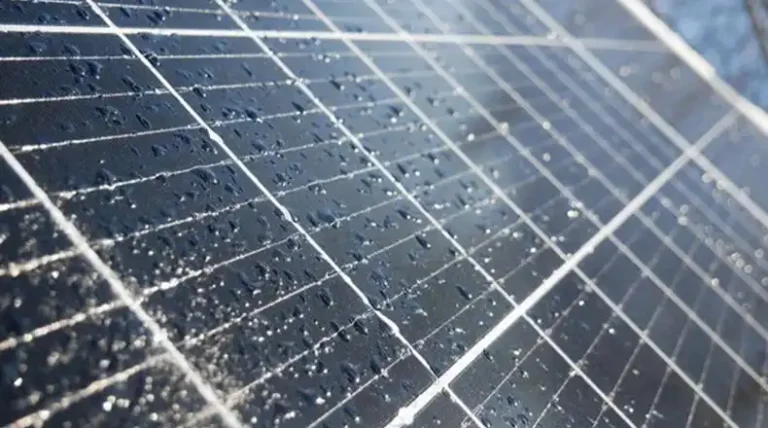
![[Explored] Can You Use Mirrors To Redirect Sunlight On Solar Panels?](https://www.itekenergy.com/wp-content/uploads/2023/08/can-you-use-mirrors-to-redirect-sunlight-768x428.webp)